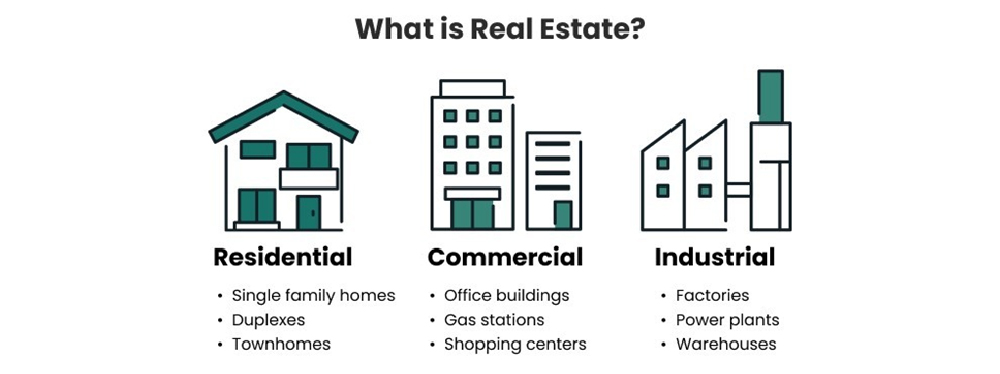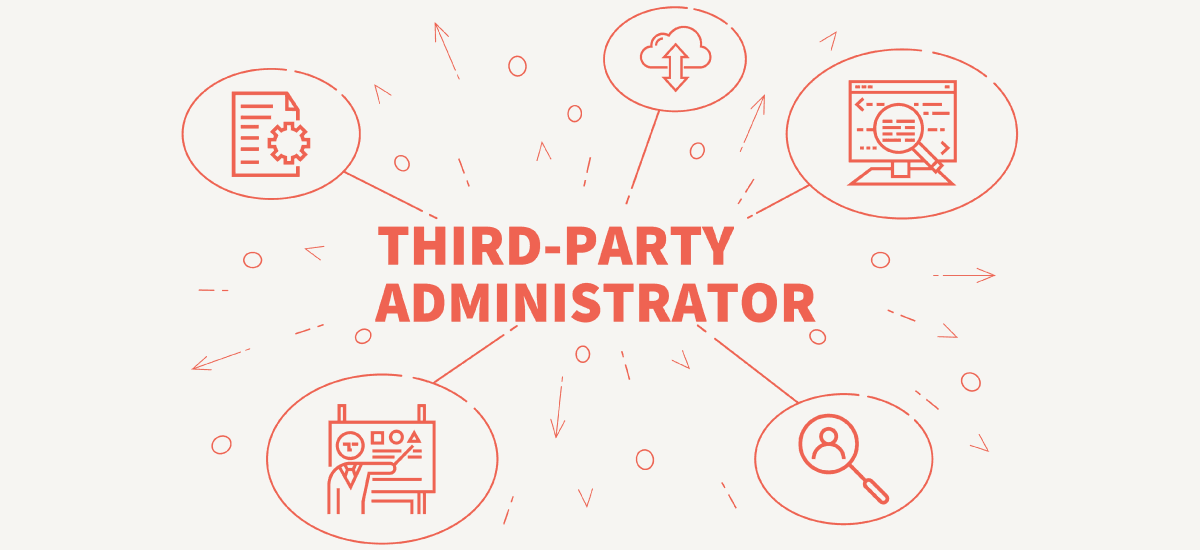The Rise of "Sirkulærøkonomi" (Circular Economy) in Norwegian Real Estate: Building a Sustainable Future

Strong 8k brings an ultra-HD IPTV experience to your living room and your pocket.
Introduction
The Norway Real Estate Market renowned for its stability and high quality of life, is increasingly embracing a transformative concept: the "sirkulærøkonomi", or circular economy. This paradigm shift moves away from the traditional linear "take-make-dispose" model towards a system where resources are kept in use for as long as possible, extracting the maximum value from them whilst in use, then recovering and regenerating products and materials at the end of each service 1 life.
For the Norwegian real estate sector, adopting circular economy principles presents a significant opportunity to enhance sustainability, reduce environmental impact, and potentially unlock new economic value. This article delves into the burgeoning rise of "sirkulærøkonomi" within the Norwegian property landscape, exploring the key drivers, emerging innovations, challenges, and the long-term vision for a more sustainable built environment.
Understanding "Sirkulærøkonomi": A Foundation for Sustainable Real Estate
At its core, the circular economy in real estate involves rethinking every stage of the property lifecycle, from initial design and material sourcing to construction, operation, renovation, and eventual demolition. Instead of viewing buildings and their components as disposable at the end of their lifespan, the focus shifts to:
• Designing for Longevity and Adaptability: Creating buildings that are durable, flexible in their use, and easily adaptable to future needs, extending their lifespan and reducing the need for premature demolition and reconstruction.
• Prioritizing Sustainable and Reused Materials: Favoring building materials with low environmental impact, sourced sustainably, and incorporating a higher percentage of reused or recycled content. This reduces the demand for virgin resources and minimizes waste.
• Optimizing Resource Efficiency During Operation: Implementing technologies and practices that minimize energy and water consumption throughout the building's operational phase.
• Facilitating Deconstruction and Material Recovery: Designing buildings with deconstruction in mind, enabling the easy separation and recovery of valuable materials at the end of their use, feeding them back into the construction cycle.
• Waste Reduction and Management: Minimizing waste generation during construction and demolition processes and implementing efficient waste sorting and recycling systems.
The Drivers Behind Norway's Circular Real Estate Transition
Several factors are propelling the adoption of "sirkulærøkonomi" in the Norwegian real estate market:
• Ambitious Environmental Goals: Norway has set ambitious national and international environmental targets, including significant reductions in greenhouse gas emissions and a commitment to a more sustainable future. The building sector, being a significant contributor to resource consumption and waste generation, is under increasing pressure to align with these goals.
• Stringent Regulations and Incentives: The Norwegian government is implementing stricter building regulations and exploring incentives to promote sustainable construction practices and the use of recycled materials. This regulatory push creates a level playing field and encourages innovation in circular solutions.
• Growing Environmental Awareness: There is a growing awareness among developers, investors, tenants, and the general public regarding the environmental impact of the built environment. This increasing demand for sustainable and green buildings is driving the market towards circular solutions.
• Economic Opportunities: While the initial investment in circular solutions might sometimes be higher, the long-term economic benefits, such as reduced waste disposal costs, lower energy consumption, and the potential for new business models around material reuse and recycling, are becoming increasingly apparent.
• Innovation and Technological Advancements: The development of new technologies and innovative solutions in areas like material science, digital platforms for material tracking, and efficient deconstruction techniques are making circular practices more feasible and cost-effective.
• International Collaboration and Knowledge Sharing: Norway actively participates in international collaborations and knowledge-sharing initiatives related to sustainable construction and the circular economy, bringing global best practices to the local market.
Emerging Innovations and Developments in Circular Norwegian Real Estate
The "sirkulærøkonomi" is fostering a wave of innovation and new developments across the Norwegian real estate value chain:
• Material паспортизация (Material Passports): The concept of material passports is gaining traction. These digital documents provide detailed information about the materials used in a building, including their origin, composition, and potential for reuse or recycling. This transparency facilitates better material management and recovery at the end of the building's life.
• Design for Disassembly (DfD): Architects and engineers are increasingly adopting DfD principles, designing buildings in a modular and easily deconstructable manner. This involves using mechanical fastenings instead of permanent adhesives and creating clear material separation strategies.
• Reuse and Upcycling of Building Materials: Initiatives focused on the reuse and upcycling of construction and demolition waste are emerging. This includes reclaiming timber, bricks, steel, and other valuable materials for use in new construction projects, reducing the demand for virgin resources and minimizing landfill waste. Examples include companies specializing in the recovery and processing of used building materials.
• Modular Construction: The adoption of modular construction techniques is increasing. Prefabricated building modules can be easily assembled, disassembled, and repurposed, offering flexibility and reducing on-site waste.
• Bio-based Materials: There is growing interest in utilizing bio-based and renewable building materials like timber, bamboo, and bio-composites, which have a lower carbon footprint compared to traditional materials like concrete and steel. Norway's abundant forestry resources position it well for the increased use of timber in construction.
• Digital Platforms for Material Exchange: Online platforms are being developed to facilitate the exchange of surplus or used building materials between different construction projects, creating a marketplace for circular resources.
• Focus on Building Longevity and Adaptability: Developers are increasingly focusing on creating buildings that are designed for long lifespans and can be easily adapted to changing needs through flexible layouts and modular systems. This reduces the likelihood of premature demolition.
• Waste Management Innovations: Advanced waste sorting and processing technologies are being implemented on construction sites to maximize the recovery of recyclable materials and minimize landfill disposal.
• Life Cycle Assessment (LCA): The use of LCA is becoming more widespread to evaluate the environmental impact of buildings throughout their entire lifecycle, from material extraction to disposal. This helps in identifying areas for improvement and making more informed decisions about material choices and construction methods.
Challenges and Opportunities in Implementing Circularity
While the momentum behind circularity in Norwegian real estate is growing, there are also challenges to overcome:
• Initial Costs and Investment: The upfront costs associated with some circular solutions, such as using recycled materials or implementing advanced deconstruction techniques, can sometimes be higher than traditional methods. However, the long-term cost savings from reduced waste and energy consumption need to be considered.
• Supply Chain Development: Establishing reliable and scalable supply chains for reused and recycled building materials requires investment and collaboration across the industry.
• Regulatory Framework Adaptation: Existing building codes and regulations may need to be adapted to fully accommodate and incentivize circular practices.
• Knowledge and Skills Gap: There is a need for increased knowledge and skills among architects, engineers, contractors, and other stakeholders regarding circular design and construction principles.
• Market Acceptance and Demand: While demand for sustainable buildings is growing, wider market acceptance and a willingness to pay for circular solutions are crucial for widespread adoption.
Despite these challenges, the opportunities presented by the circular economy in Norwegian real estate are significant:
• Reduced Environmental Impact: Significantly lowering carbon emissions, resource consumption, and waste generation from the building sector.
• New Business Models and Economic Growth: Creating new opportunities in areas like material recovery, recycling, and the development of circular building solutions.
• Enhanced Resource Security: Reducing reliance on virgin resources and promoting a more resilient and self-sufficient building materials supply chain.
• Improved Building Quality and Durability: Designing for longevity and using high-quality, reused materials can lead to more durable and resilient buildings.
• Increased Property Value: Sustainable and resource-efficient buildings are increasingly attractive to tenants and buyers, potentially leading to higher property values.
• Contribution to National Sustainability Goals: Playing a crucial role in helping Norway achieve its ambitious environmental targets and transition towards a more sustainable future.
The Future of Circular Real Estate in Norway
The "sirkulærøkonomi" is not just a trend but a fundamental shift in how the Norwegian real estate industry approaches the built environment. The future likely holds:
• Increased Integration of Circular Principles: Circularity will become mainstream, integrated into all stages of the real estate lifecycle, from planning and design to construction and management.
• Stronger Regulatory Framework: The government will likely implement more robust regulations and incentives to accelerate the adoption of circular practices.
• Technological Advancements: Further innovation in material science, digital platforms, and construction technologies will make circular solutions more efficient and cost-effective.
• Greater Collaboration and Partnerships: Increased collaboration between developers, material suppliers, technology providers, research institutions, and the government will be crucial for driving systemic change.
• A Shift in Mindset: A fundamental shift in mindset across the industry, recognizing the value of resources and embracing a more holistic and long-term perspective on building development.
Conclusion
The rise of "sirkulærøkonomi" in the Norwegian real estate market represents a significant step towards a more sustainable and resilient built environment. By embracing circular principles, the industry can reduce its environmental footprint, unlock new economic opportunities, and contribute to Norway's ambitious sustainability goals. While challenges remain, the growing momentum, driven by environmental awareness, regulatory support, and technological innovation, suggests a promising future where circularity becomes the norm, shaping a greener and more resource-efficient Norwegian property landscape for generations to come. The focus on keeping resources in use, designing for longevity, and valuing materials throughout their lifecycle will be the cornerstones of this transformative journey.
Note: IndiBlogHub features both user-submitted and editorial content. We do not verify third-party contributions. Read our Disclaimer and Privacy Policyfor details.







